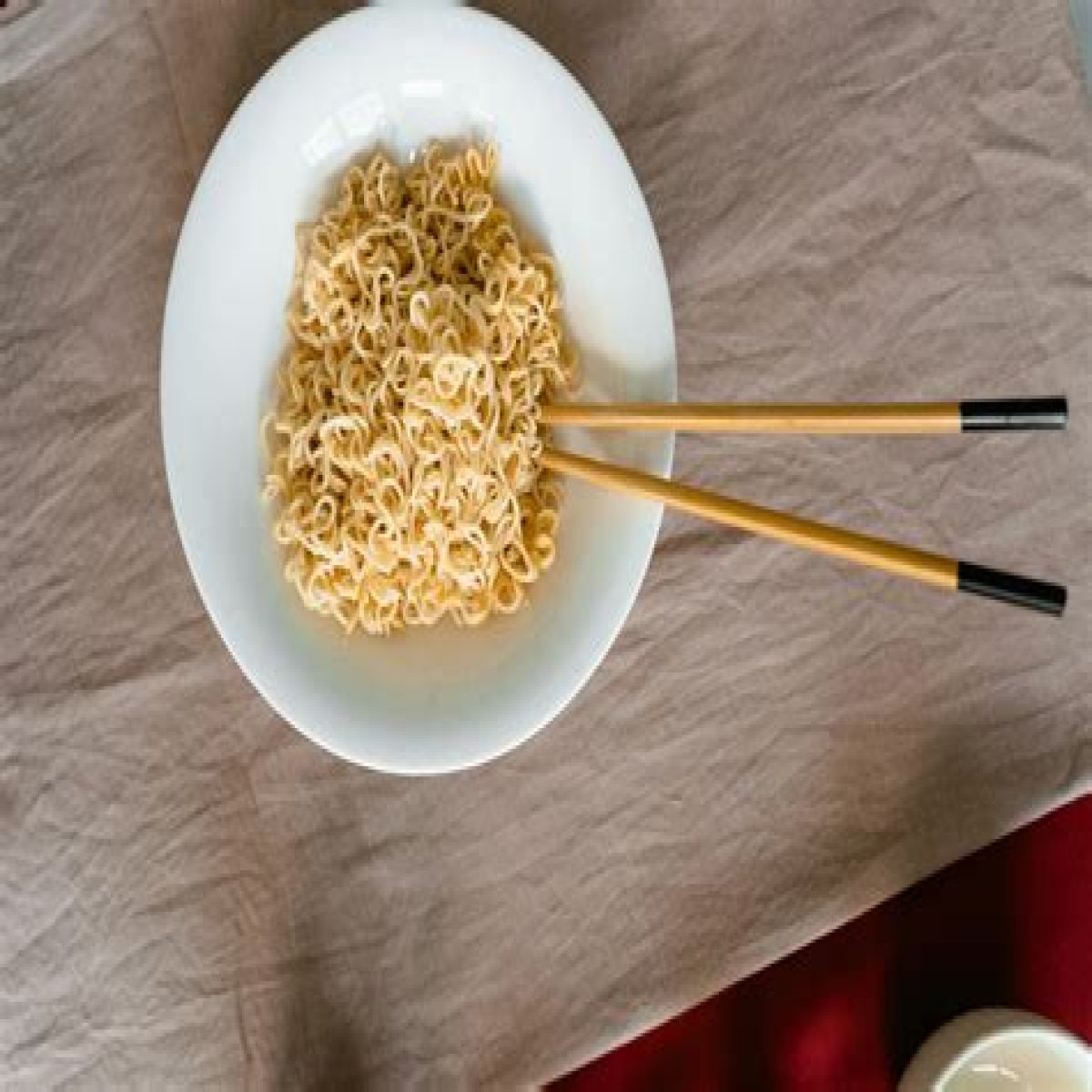Magazin noodles have become a culinary phenomenon, delighting taste buds across the globe. These versatile strands of wheat, rice, or even buckwheat have transcended cultural boundaries, becoming a staple in various cuisines. In this article, we will dive deep into the fascinating world of magazin noodles, exploring their history, types, cooking methods, and much more.
From the street vendors of Asia to gourmet restaurants in the West, noodles are an integral part of many diets. Their adaptability and ease of preparation make them a favorite among home cooks and chefs alike. This article aims to provide a thorough understanding of magazin noodles, including insights into their nutritional value, popular dishes, and tips for cooking them perfectly.
So, whether you're a noodle novice or a seasoned pasta lover, this guide will equip you with everything you need to know about magazin noodles. Let's embark on this flavorful journey together!
Table of Contents
1. The History of Noodles
Noodles have a rich history that dates back thousands of years. While their exact origins are debated, evidence suggests that they were first made in ancient China around 2000 BC. Archaeological findings have uncovered dried noodles in pottery from that era, indicating that they were a significant part of the diet.
As trade routes expanded, noodles made their way to various parts of Asia and eventually to Europe. The introduction of noodles to Italy is often attributed to Marco Polo's travels in the 13th century, although there is evidence that similar dishes existed prior to his journey.
Over the centuries, noodles have evolved into a diverse array of shapes, sizes, and ingredients, reflecting the cultures they are part of. Today, they are enjoyed in different forms, from ramen and udon in Japan to spaghetti and fettuccine in Italy.
2. Types of Noodles
Magazin noodles come in various types, each with its unique characteristics and culinary uses. Here are some of the most popular types:
- Wheat Noodles: Made from wheat flour, these noodles are often used in Italian pasta dishes and Asian stir-fries.
- Rice Noodles: Common in Southeast Asian cuisine, these gluten-free noodles are made from rice flour and are perfect for dishes like pho and pad thai.
- Egg Noodles: Enriched with eggs, these noodles have a rich flavor and are often used in soups and casseroles.
- Udon Noodles: Thick, chewy noodles from Japan, udon is typically served in a savory broth or stir-fried with vegetables.
- Soba Noodles: Made from buckwheat flour, soba noodles are nutritious and can be served hot or cold.
2.1 Regional Variations
Different regions have their unique styles of noodles, reflecting local ingredients and culinary traditions. For example:
- Italian: Pasta varieties like penne, fusilli, and lasagna are staples in Italian cuisine.
- Chinese: Noodles like chow mein and lo mein are popular in Chinese cuisine.
- Japanese: Ramen and soba are well-known noodle dishes in Japan.
3. Cooking Methods for Noodles
Cooking noodles may seem straightforward, but there are various methods to achieve the perfect texture and flavor. Here are some common techniques:
- Boiling: The most common method, where noodles are cooked in boiling water until tender.
- Stir-Frying: A technique often used in Asian cuisine, where cooked noodles are tossed with vegetables and proteins in a hot wok.
- Baking: Noodles can be baked in casseroles or lasagna for a comforting dish.
4. Sauces and Accompaniments
The right sauce can elevate noodle dishes to new heights. Here are some popular sauces that pair well with magazin noodles:
- Marinara Sauce: A classic Italian tomato-based sauce that is perfect for pasta.
- Teriyaki Sauce: A sweet and savory sauce commonly used in Japanese stir-fries.
- Peanut Sauce: A rich and creamy sauce that adds depth to Asian noodle salads.
5. Nutritional Value of Noodles
Noodles can be a part of a balanced diet when consumed in moderation. Here’s a breakdown of the nutritional value:
- High in carbohydrates, providing energy for daily activities.
- Whole grain varieties, like whole wheat or buckwheat noodles, offer added fiber.
- Low in fat and cholesterol, making them a heart-healthy option.
6. Popular Noodle Dishes Worldwide
Across the globe, noodles are celebrated in various forms. Here are some iconic noodle dishes:
- Spaghetti Bolognese: A classic Italian dish featuring spaghetti topped with a rich meat sauce.
- Pad Thai: A Thai stir-fry dish made with rice noodles, vegetables, and protein, flavored with tamarind sauce.
- Ramen: A Japanese noodle soup that has gained international popularity, featuring rich broth and various toppings.
7. Tips for Cooking Perfect Noodles
To ensure your noodles turn out perfectly every time, consider the following tips:
- Use plenty of water when boiling to prevent sticking.
- Add salt to the water for flavor.
- Do not overcook; follow package instructions for timing.
- Rinse with cold water after cooking to stop the cooking process for certain noodle types.
8. Conclusion
In conclusion, magazin noodles are a versatile and beloved food enjoyed by people worldwide. From their rich history to the diverse types and cooking methods, noodles offer endless possibilities in the kitchen. We encourage you to explore different noodle dishes and experiment with various sauces and accompaniments to discover your favorites.
Thank you for reading! If you enjoyed this article, please leave a comment, share your thoughts, or check out our other articles for more delicious insights.
We hope to see you again soon for more culinary explorations!
Exploring July 15 Compatibility: Understanding Love And RelationshipsDiscovering Lewandowski's Great Grandfather: A Journey Into AncestryWhat Is Johnny Depp's Nationality? Exploring The Life And Background Of The Iconic Actor
